PALS Megacode Scenario Simulations on Bradycardia
This megacode simulation focuses on bradycardia. You’ll engage in realistic scenarios to manage slow heart rates in pediatric patients. This training emphasizes quick recognition and intervention strategies, honing your skills in effective treatment. Through hands-on practice, you’ll learn to navigate critical decisions and enhance your proficiency in managing bradycardia emergencies. Prepare to tackle complex cases and refine your response techniques in a high-stakes environment.
Hurry, don’t let time run out! 5 mins 00 secs
2/10
Good try!
Now you can give it another shot9/10

